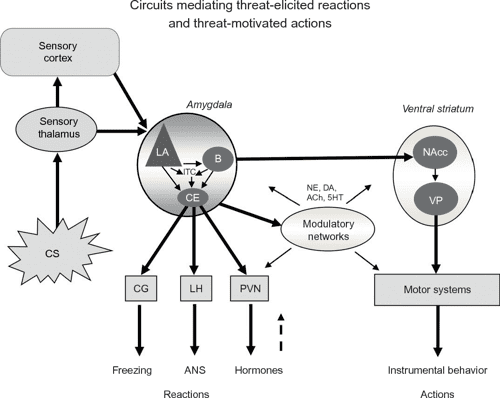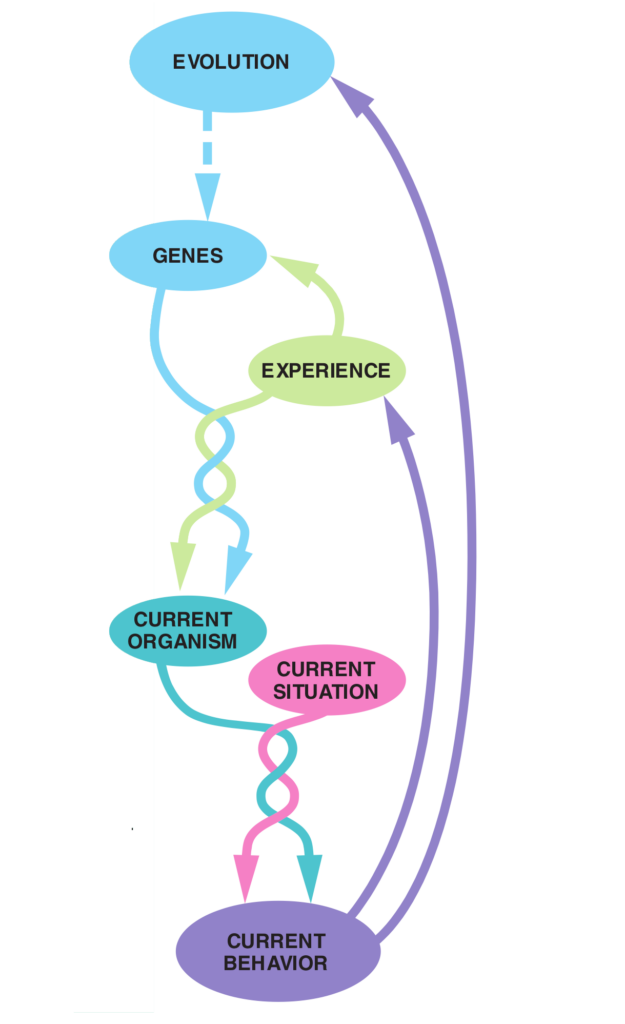To do list
-House prices per square meter per COROP region in the Netherland by Map
-Every behavior should be regarded as an investment with an uncertain outcome
-Standardize database establish links with CBS
-A brief history of the world (TTC): history is a balance between change and continuity
-find out about reorganizing wordpress blocks
-Find definition: human behavior in contemporary action based on ancestral hardware, put into front page
Storage List
Why Human Behavior Patterns rather than simply Human Behavior?
We specifically refer to Human Behavior Patterns rather than just Human Behavior. This distinction is primarily made to facilitate the process of drawing conclusions about the behavior of the vast majority of individuals. If we were to encompass all the exceptional, unusual, and highly peculiar individual behaviors as well, it would prove exceedingly challenging, if not downright impossible, to describe and model behavior within broad group dynamics. Consequently, our emphasis lies on studying general behavior rather than exceptional cases.
General human behavior patterns are extensively but not exhaustively described by the so called Human Universals, a book by Donald Brown, an American professor of anthropology (emeritus) who worked at the University of California, Santa Barbara. Brown says human universals, “comprise those features of culture, society, language, behavior, and psyche for which there are no known exceptions.”. Human universals extend beyond direct behavior and describe also related human phenomena which are not necessarily visible to other but are fundamental to or cause human behavior patterns.
In the cultural realm, human universals include myths, legends, daily routines, rules, concepts of luck and precedent, body adornment, and the use and production of tools; in the realm of language, universals include grammar, phonemes, polysemy, metonymy, antonyms, and an inverse ratio between the frequency of use and the length of words; in the social realm, universals include a division of labor, social groups, age grading, the family, kinship systems, ethnocentrism, play, exchange, cooperation, and reciprocity; in the behavioral realm, universals include aggression, gestures, gossip, and facial expressions; in the realm of the mind, universals include emotions, dichotomous thinking, wariness around or fear of snakes, empathy, and psychological defense mechanisms.
Many universals do not fall neatly into one or another of these conventional realms, but cut across them. Kinship terminologies (in English, the set of terms that includes ‘father,’ ‘mother,’ ‘brother,’ ‘sister,’ ‘cousin,’ etc.) are simultaneously social, cultural, and linguistic. The concept of property is social and cultural. Revenge is both behavioral and social. Lying and conversational turn-taking are simultaneously behavioral, social, and linguistic. Many behavioral universals almost certainly have distinctive, even dedicated, neural underpinnings, and thus are universals of mind too.
To do: origins of behavior which are long-term molded like personality, core-values, core-beliefs, worldview
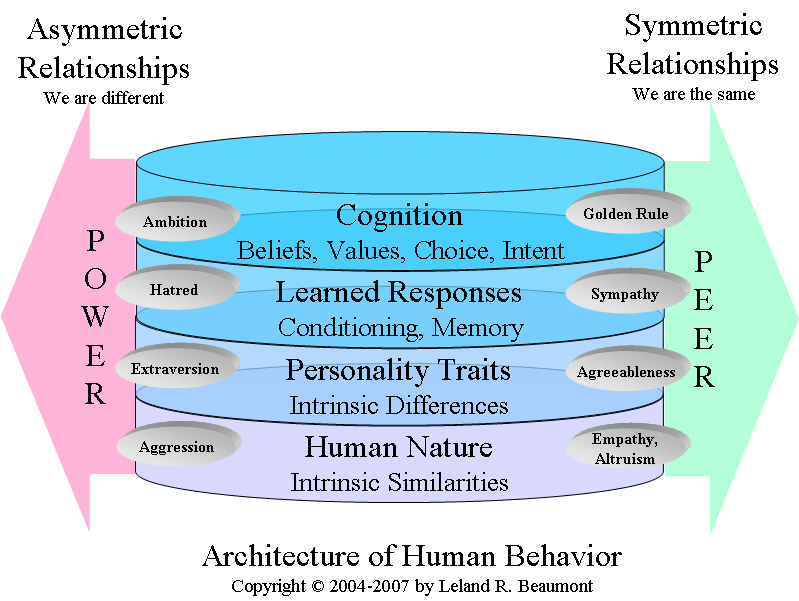
Negativity bias in behavior

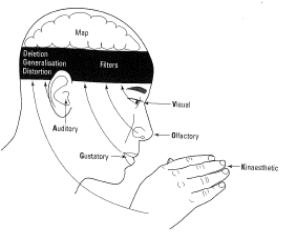
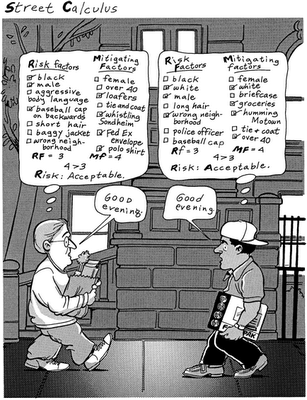
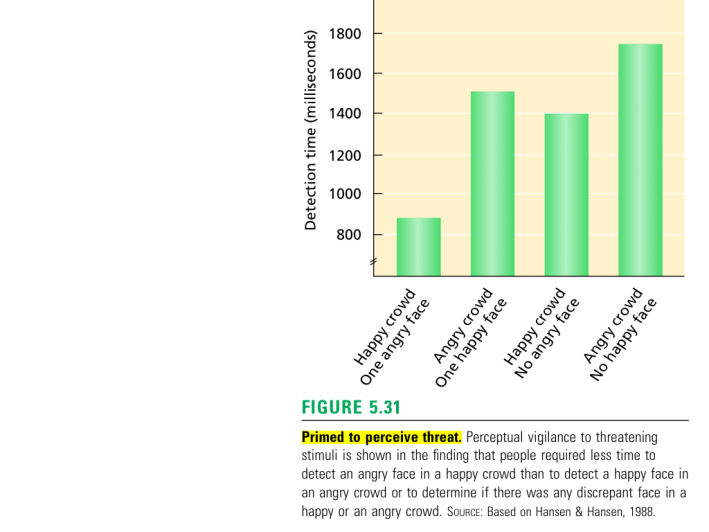
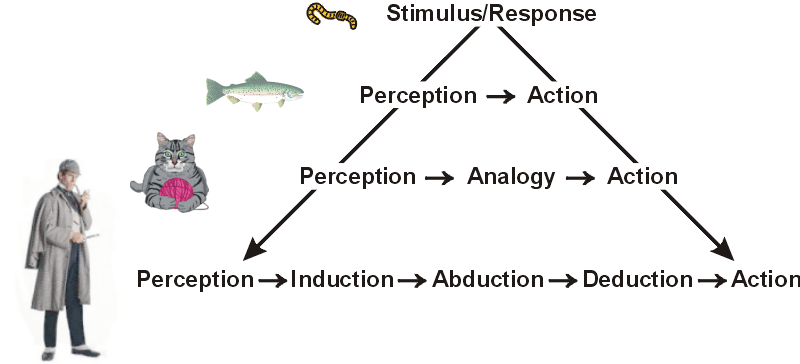
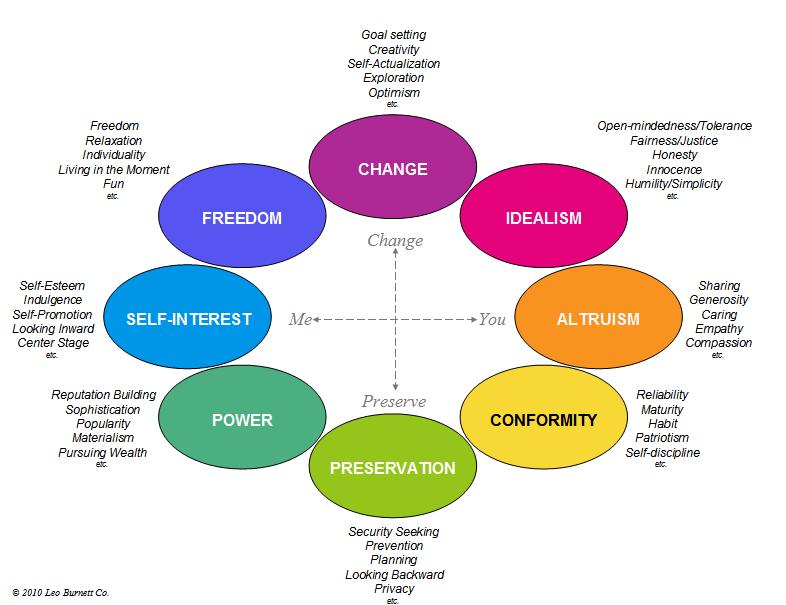
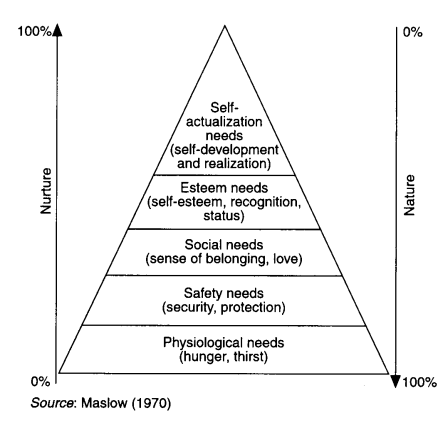
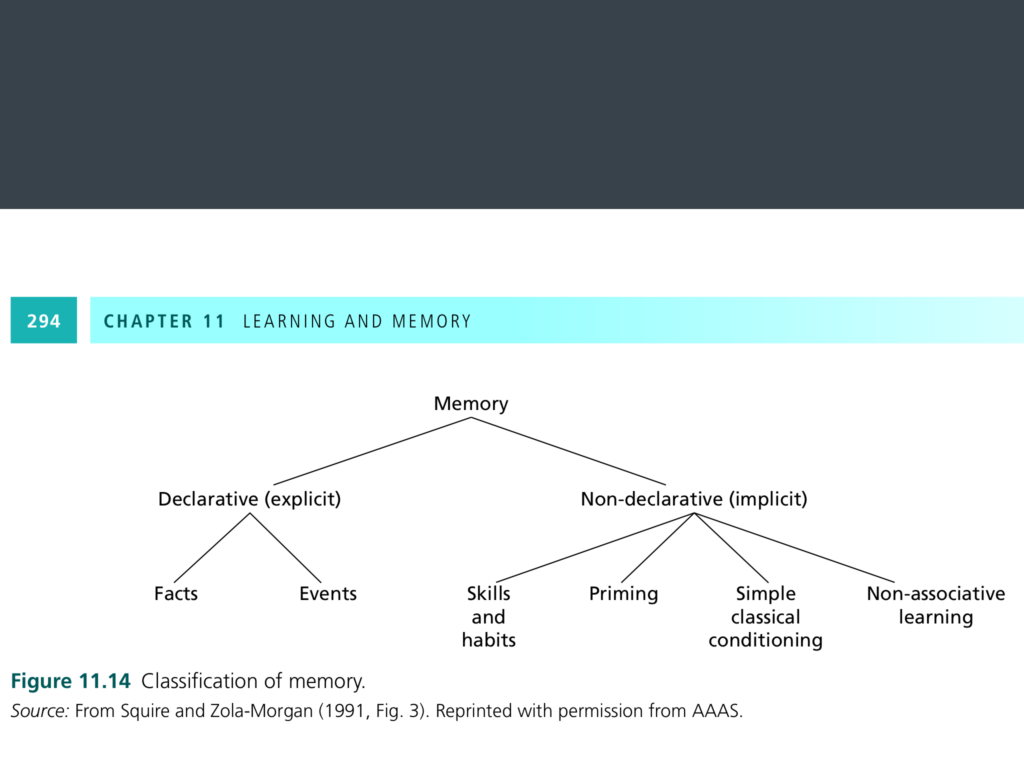
Low road versus high road response
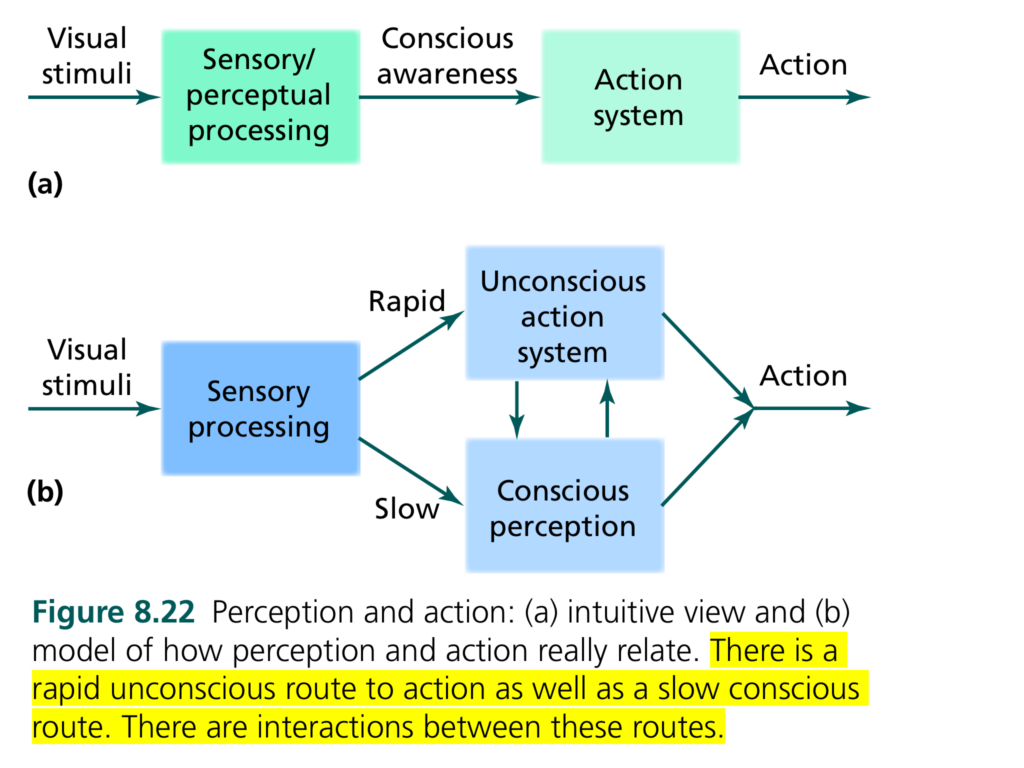
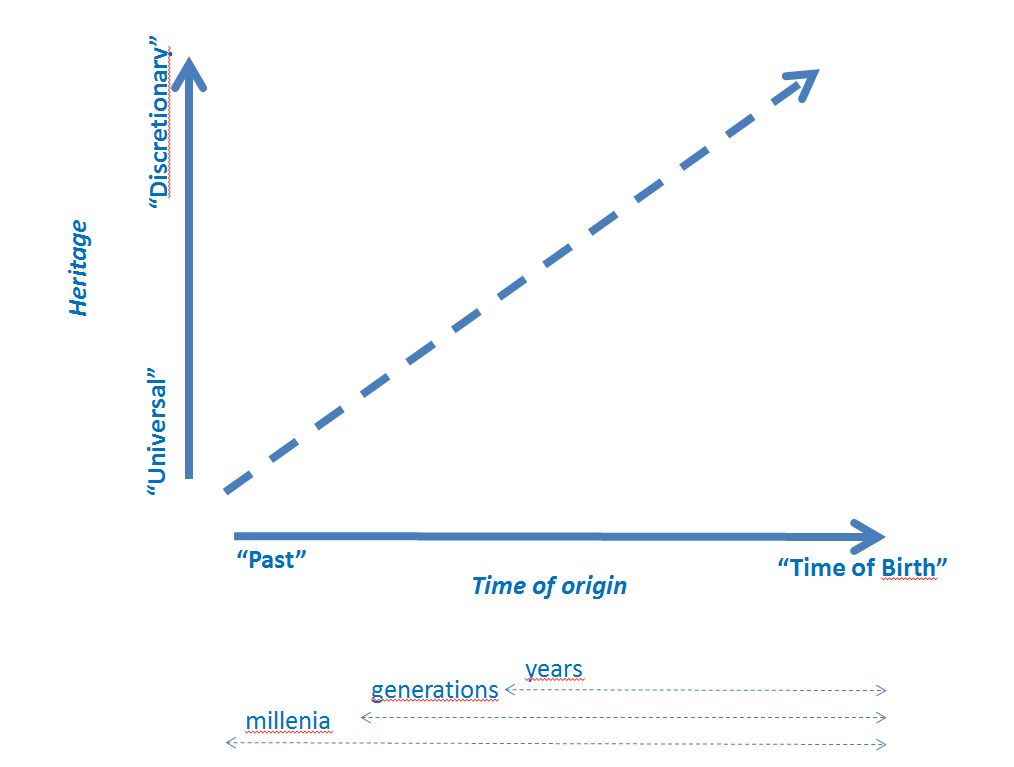


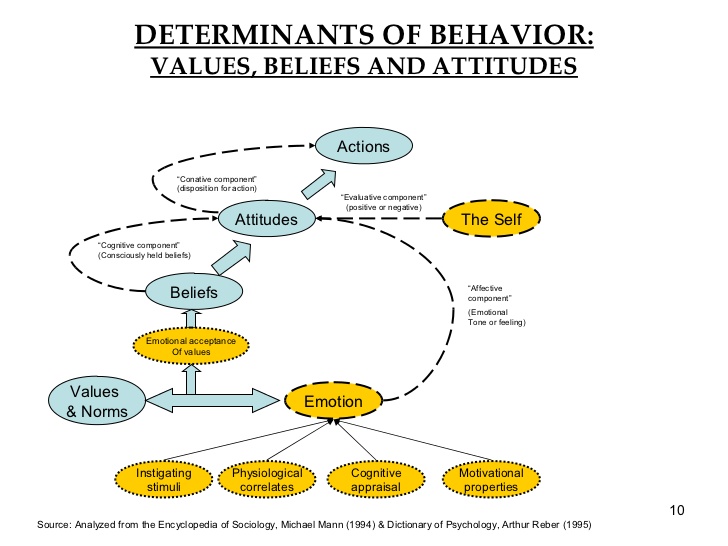
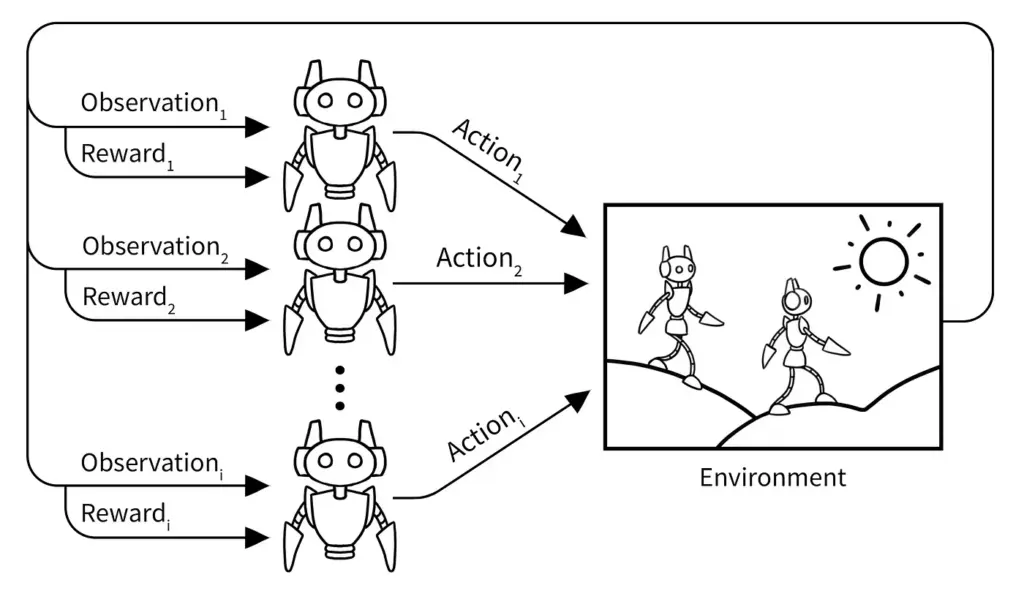
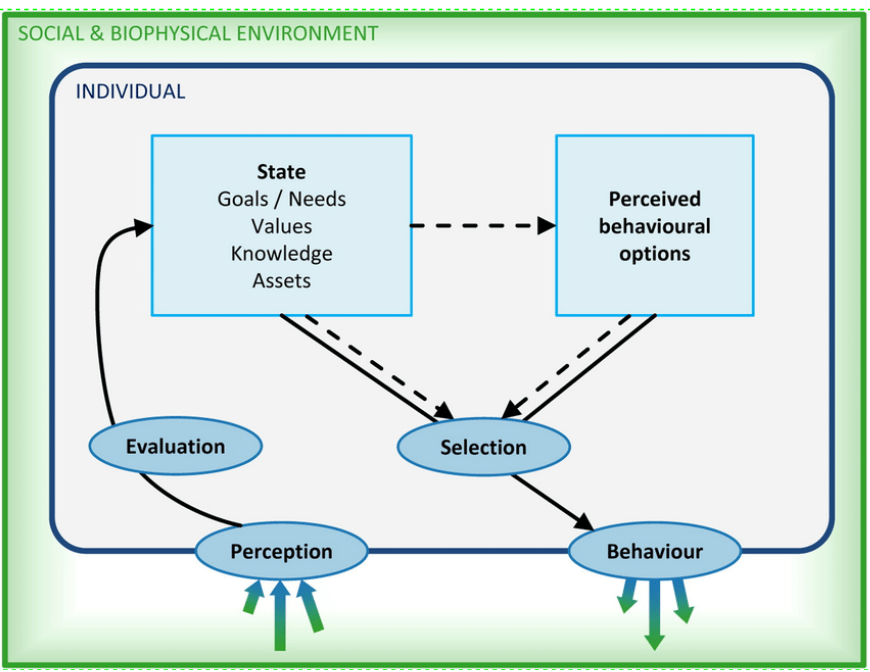
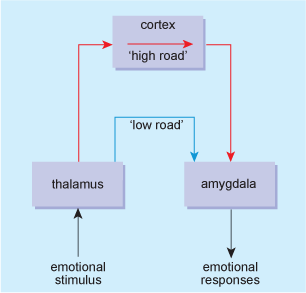
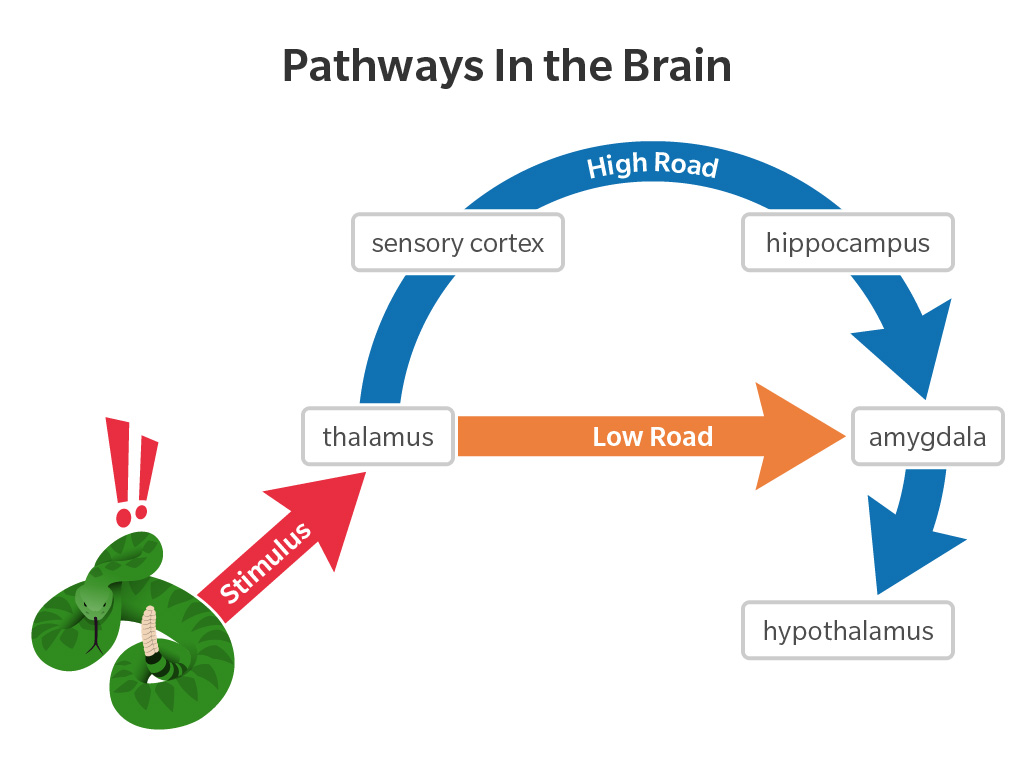
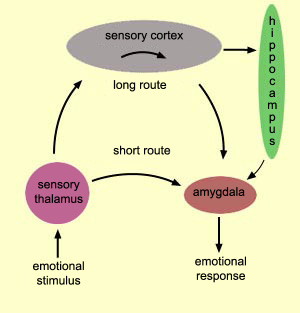
Reflexive behavior
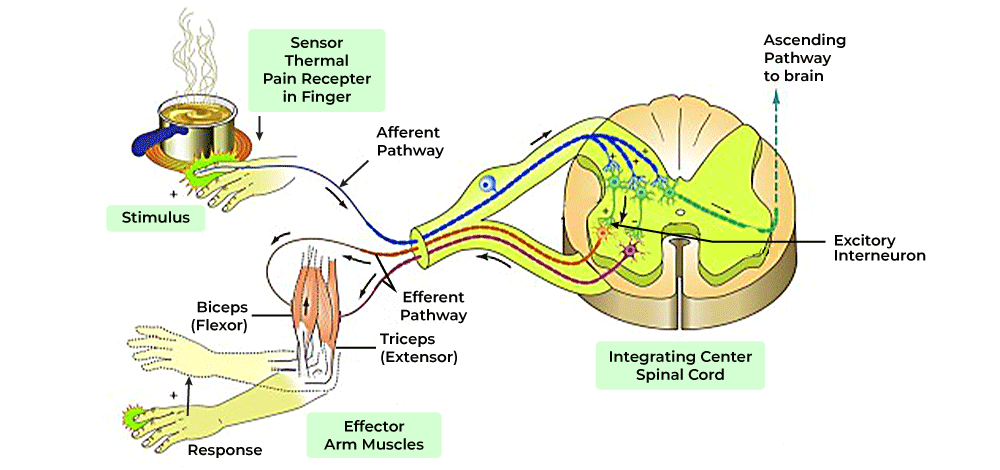
Low road behavior
